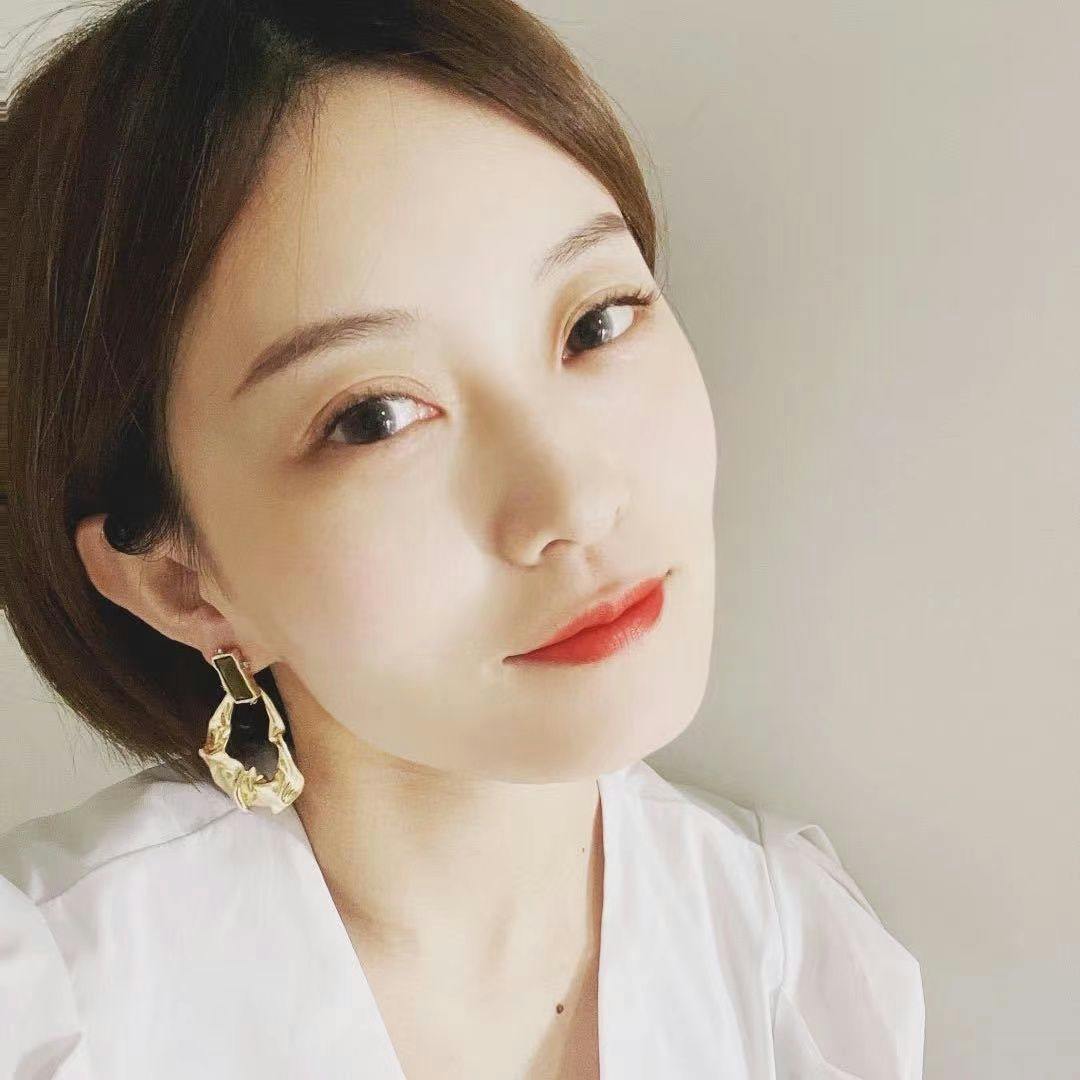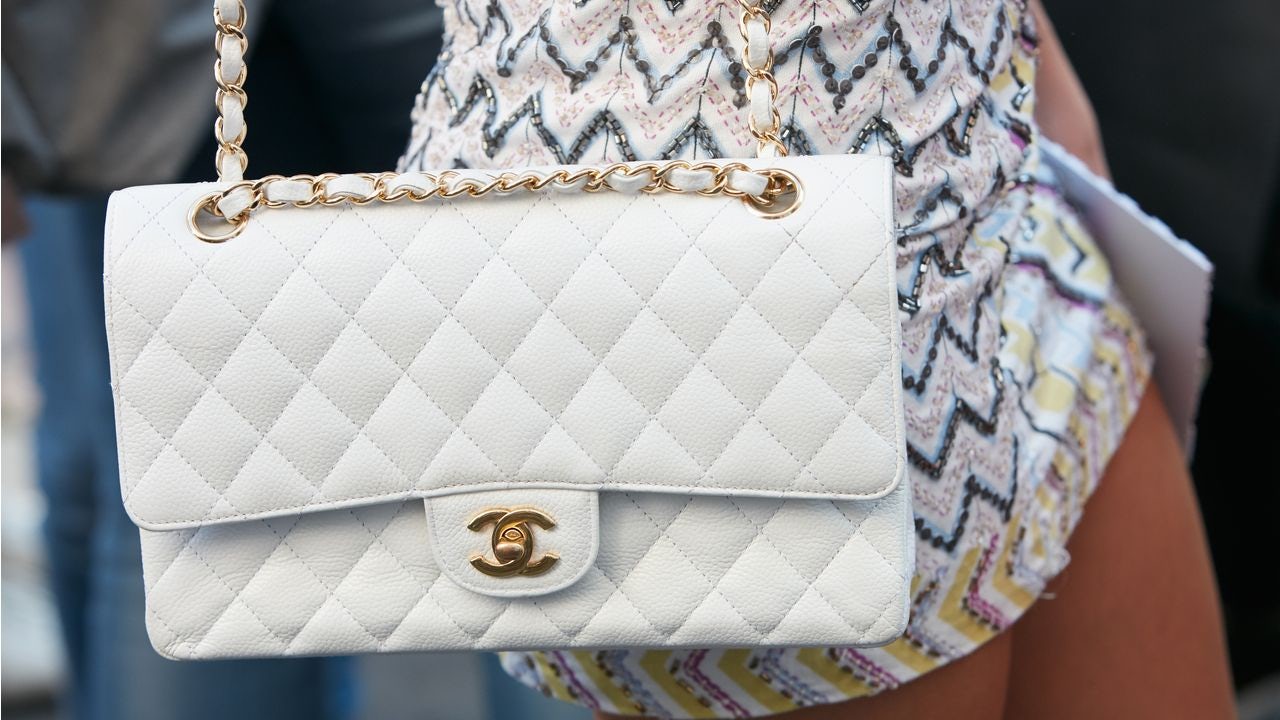What happened
Another new year, another bout of luxury increases as brands continue to inflate their price tags. On January 18, Dior raised its prices, with a small-sized Lady Dior jumping from 4,800 (or 36,000 RMB) to 5,400 (41,000 RMB) — an increase of a whopping 17 percent.
But even more controversially, another French brand, Celine, raised its prices for the second time in just three months. Originally priced at 853 (RMB 6,400), one of its wallets jumped to 986 (RMB 7,400) at the end of 2021. And now it has been marked up to 1,186 (RMB 8,900).
The Jing Take
It has always been widely accepted that luxury brands will raise their prices annually or more frequently. For example, from 2011 to 2020, the average annual increase of Chanel’s 2.55 handbags grew for many years, reaching a 9.1 percent increase this year, according to CBNData. In May 2020, the house announced that due to the rising cost of raw materials affected by the pandemic, the prices of handbags and small leather goods would be increased globally by between 5 and 17 percent.
However, no explanation was given for Celine's 1,500-RMB price increase on its wallet, which has incensed netizens. “I can't believe even the wallets have gone up by 1,500 in such a short time,” Liu Gongzi or 柳公子 wrote on the Xiaohongshu. Even though raising prices is a way to upgrade, a brand that constantly ups its price tag like Celine must be careful as this strategy must always come alongside a complete marketing strategy.
Dior, for example, has supplemented its price increases with a series of events meant to deepen its connection with consumers. It held its "Dior and Art" exhibitions in Shenzhen and Shanghai (although not without its own controversy), and these events seem to have distracted from their pricing hikes. On January 13, Dior also released a behind-the-scenes documentary for its 2022 early spring holiday show.
As Chinese consumers become more sophisticated and mature, they yearn for more meaning to justify their purchases. Rising prices confirm a perception of value, which creates the illusion of scarcity and exclusivity — particularly in China, where the selection of products can be limited. Still, this is not the only key to opening Chinese hearts and wallets. Aside from creating classic products, luxury must embed meaning to boost sales, too.
The Jing Take reports on a piece of the leading news and presents our editorial team’s analysis of the key implications for the luxury industry. In the recurring column, we analyze everything from product drops and mergers to heated debate sprouting on Chinese social media.


